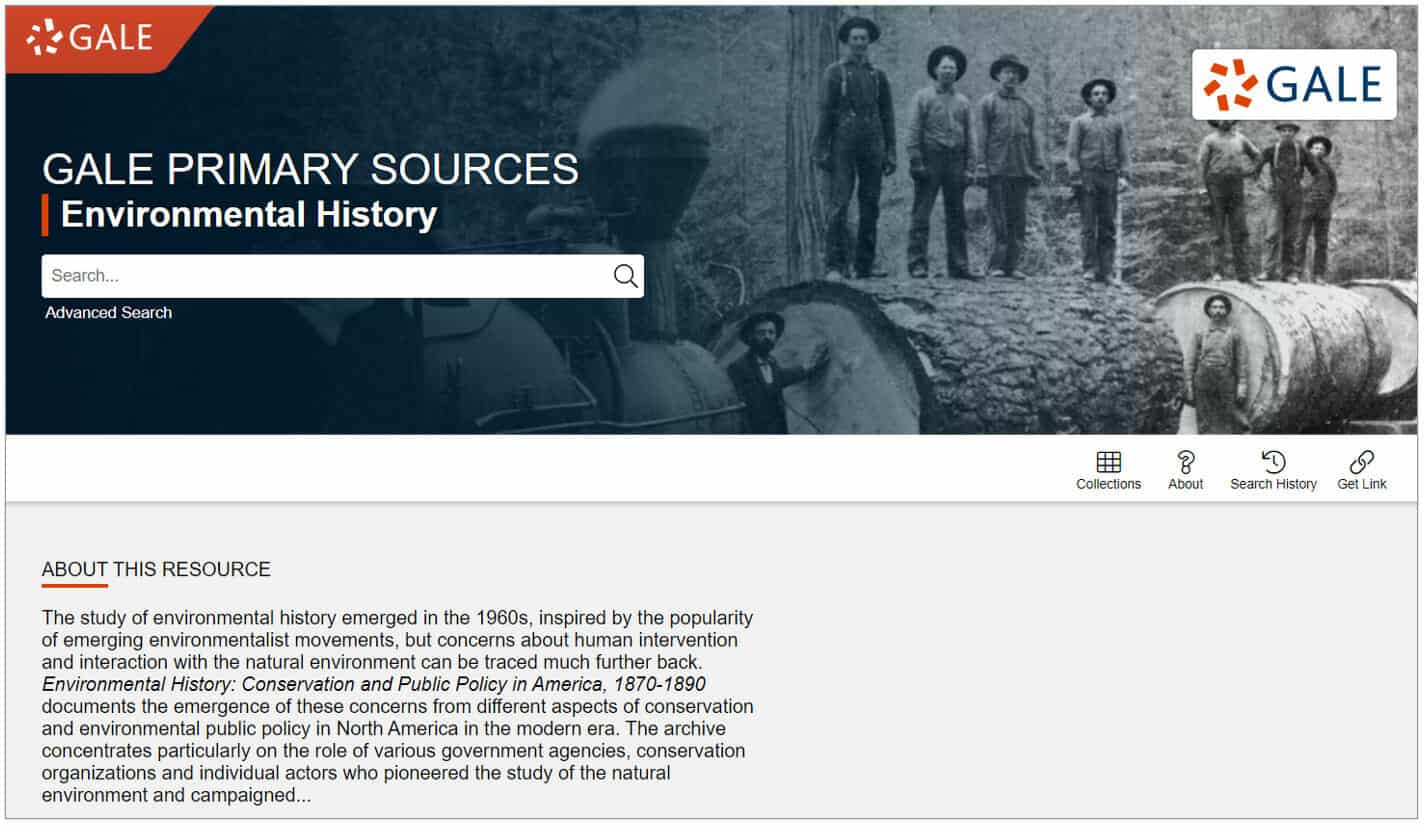│By Lindsay Whitaker-Guest, Associate Editor│
In the summer of 2023, four alarming global climate records were broken: the hottest day on record globally; the hottest June on record; the warmest global ocean temperatures in May, June, and July; and the lowest recorded level of Antarctic sea-ice. One could not turn on the television or look at a news website without seeing images of harrowing wildfires in Europe, Hawaii and Canada or the devastating typhoon in East Asia. As I sat sweltering on a Sardinian beach during heatwave Charon in late July, my thoughts echoed those from all over the globe, is the Earth now in a climate crisis? And how did we get here?
Why study Environmental History?
As we find ourselves on the precipice of a global climate emergency, the study of environmental history has never been more necessary or urgent because it deepens our understanding of environmental issues and how human action has affected climate, wildlife, plants, marine life, and habitats across the globe.
Gale’s new archive, Environmental History: Conservation and Public Policy in America, 1870-1980 advances our ability to study this topic by providing access to a vast array of primary sources that document the emergence of conservation movements and the rise of environmental public policy in North America. It is the first in a new digital archive series that explores the history of the environment and conservation efforts across the globe from the late 1800s onwards.
What will Researchers find in this Digital Archive?
This archive brings together nearly 400,000 pages from 10 collections which include government documents, personal papers, publications, and ephemera. It particularly concentrates on the role of various government agencies, conservation organisations and individual campaigners who pioneered the study of the natural environment and campaigned for its protection.
Highlights of the Archive
• George Bird Grinnell papers
One of the collections in Environmental History is the George Bird Grinnell papers. This collection documents his career as a naturalist, conservation campaigner and prolific author. He was an early leader in the Audubon Society, which sought to curb the unregulated hunting of wild bird species and successfully lobbied for the end of U.S. participation in the international trade in wild bird feathers for women’s hats. Grinnell’s passion is evident throughout this collection, as can be seen below from his repeated requests for information.
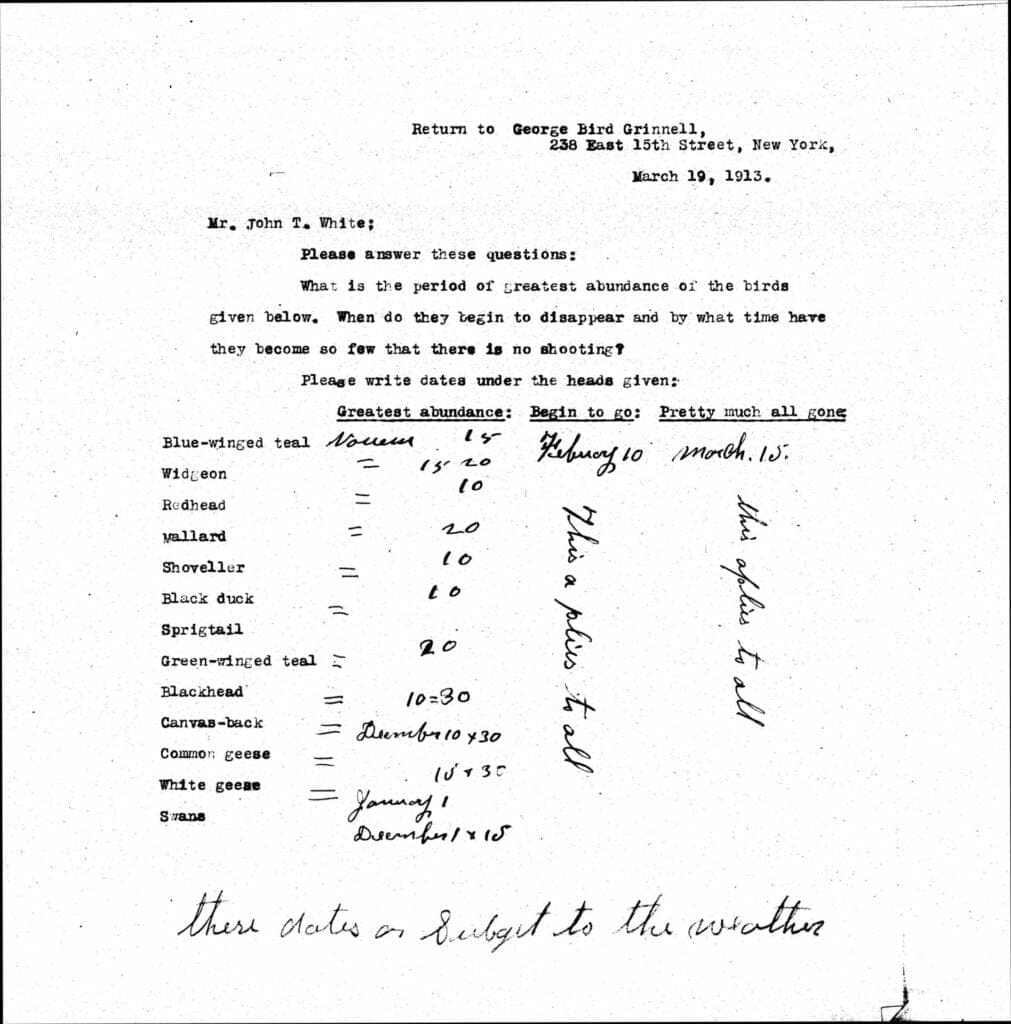
• United States Forest Service Collection, 1870-1981
Also in Environmental History is the United States Forest Service Collection, 1870-1981, which records the many work projects and types of work engaged in by employees of the Forest Service, whose duties included the management of timber sales, mining and homesteading claims and the control of tree diseases. The collection features the work diaries and letter press books of foresters, which document the lives and work of the men who first worked in the national forests of the United States and their struggles to enforce the regulations to preserve these important natural resources.
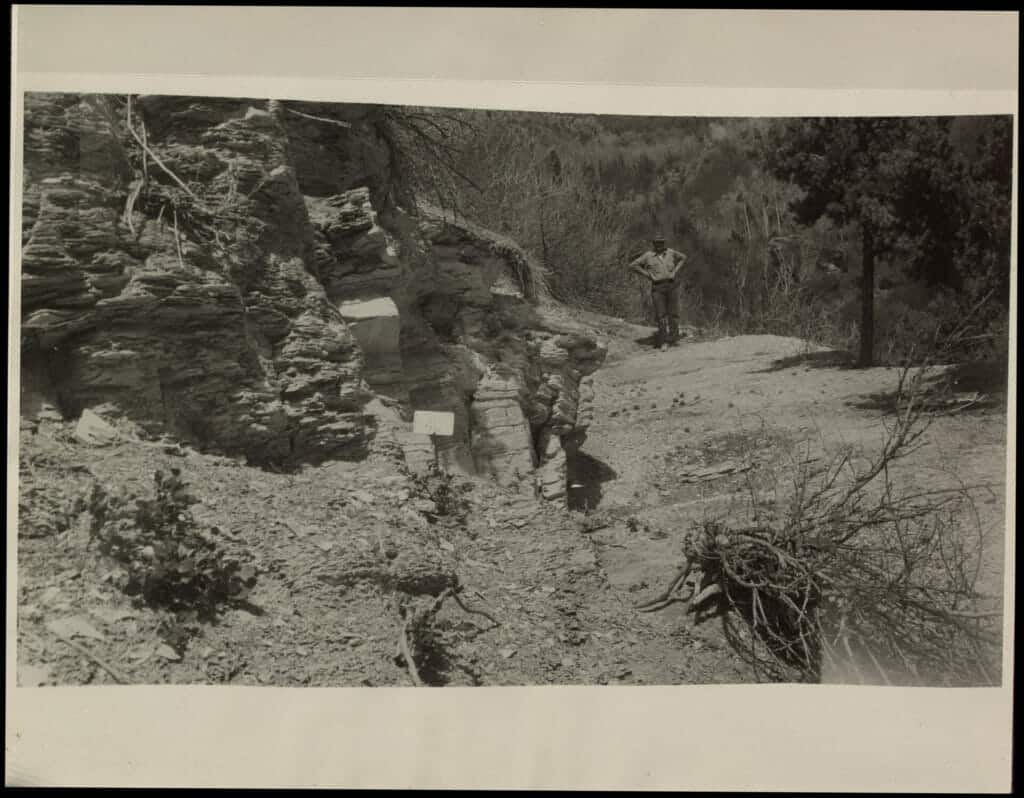
• The American Bison Society Collection, 1899-1949
In The American Bison Society Collection, 1899-1949, researchers will find reports, memoranda, and correspondence documenting the society’s efforts to preserve the American bison and buffalo species and increase their population by campaigning for land for bison reserves. The Society’s papers reveal their conservation methods and contain data-rich census reports on bison populations and their treatment worldwide from 1908 to 1934.
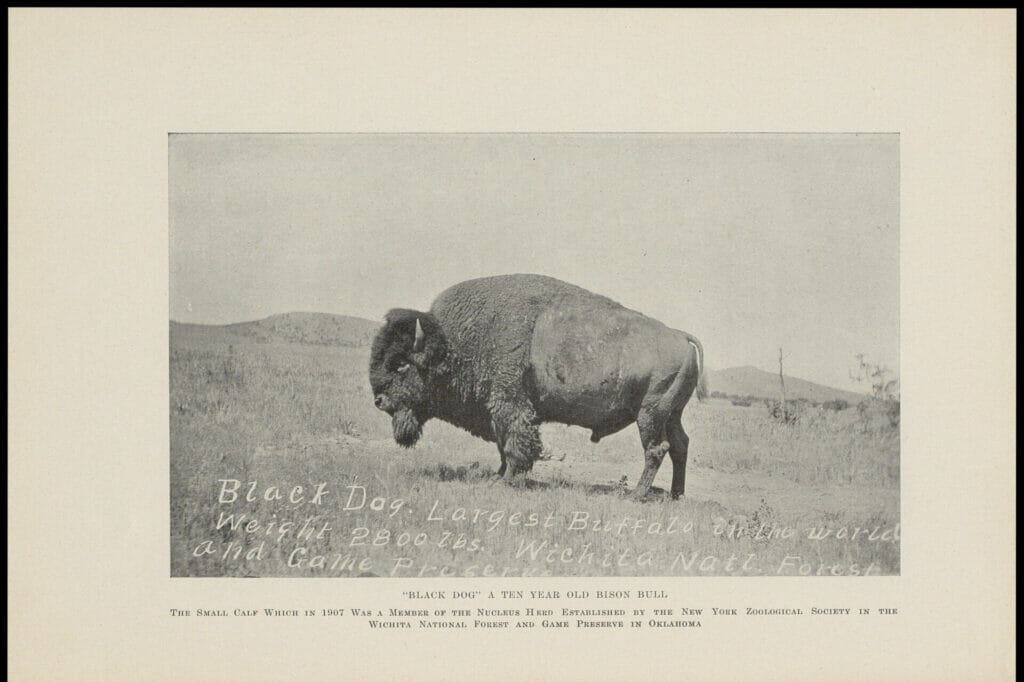
• United States Bureau of Reclamation Project Histories and Reports, 1905-1925
Gale’s Environmental History archive also includes the United States Bureau of Reclamation Project Histories and Reports, 1905-1925, which chronicle the construction of dams and irrigation works for the reclamation of arid lands in the western United States. The reports also record critical information on the settlers and Indigenous people who inhabited the lands the Bureau sought to reshape. The collection exemplifies the impact of public policy and legislation on the landscape and the use of America’s natural resources.
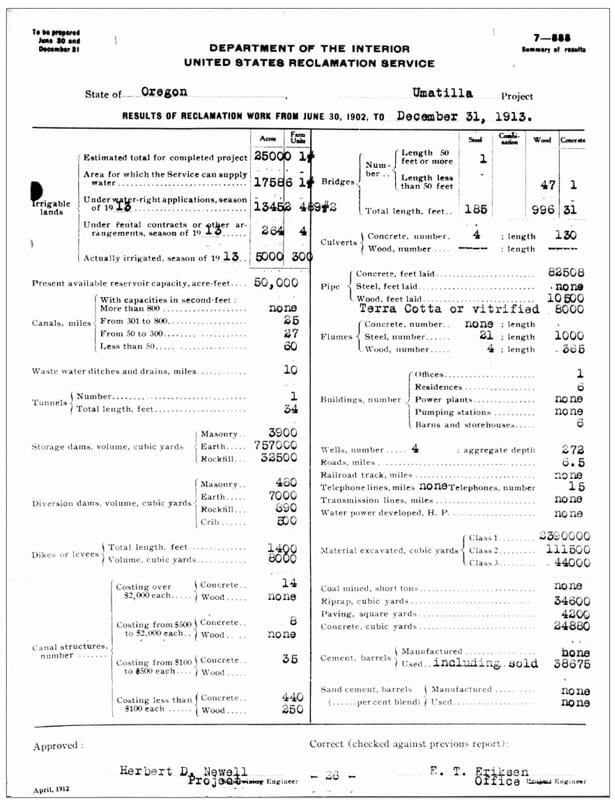
Other collections appearing in Environmental History: Conservation and Public Policy in America, 1870–1980 are:
- The Papers of Joseph Trimble Rothrock, 1862-1922 – Rothrock was sometimes known as the “father of American forestry”.
- Roger W. Toll Papers, 1920-1936 – Toll was a leading proponent of national parks and monuments.
- Velma B. Johnston Papers, 1955-1977 – Johnston was a key activist in the protection of wild horse species.
- Rosalie Edge Papers, 1930-1954 – Edge was a campaigner for the preservation of predatory bird species.
- The United States Bureau of Land Management Records, 1944-1979.
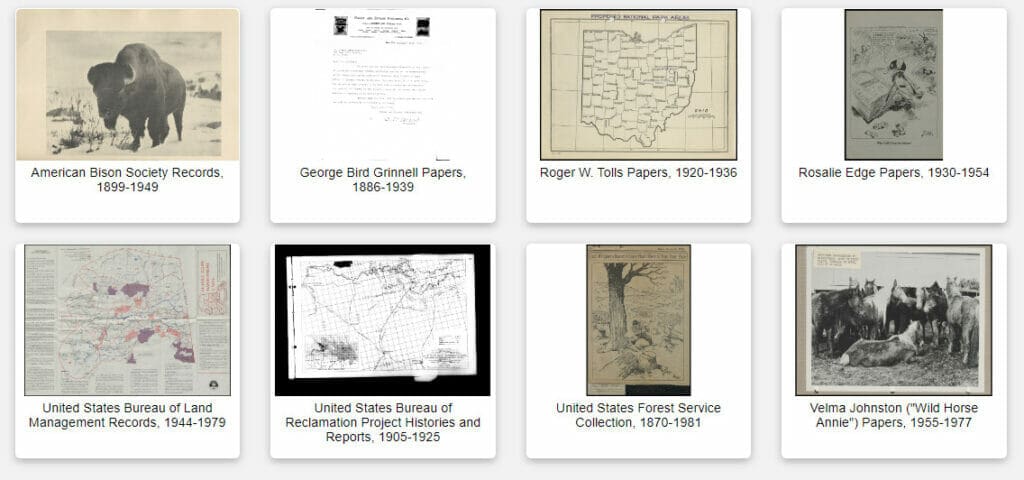
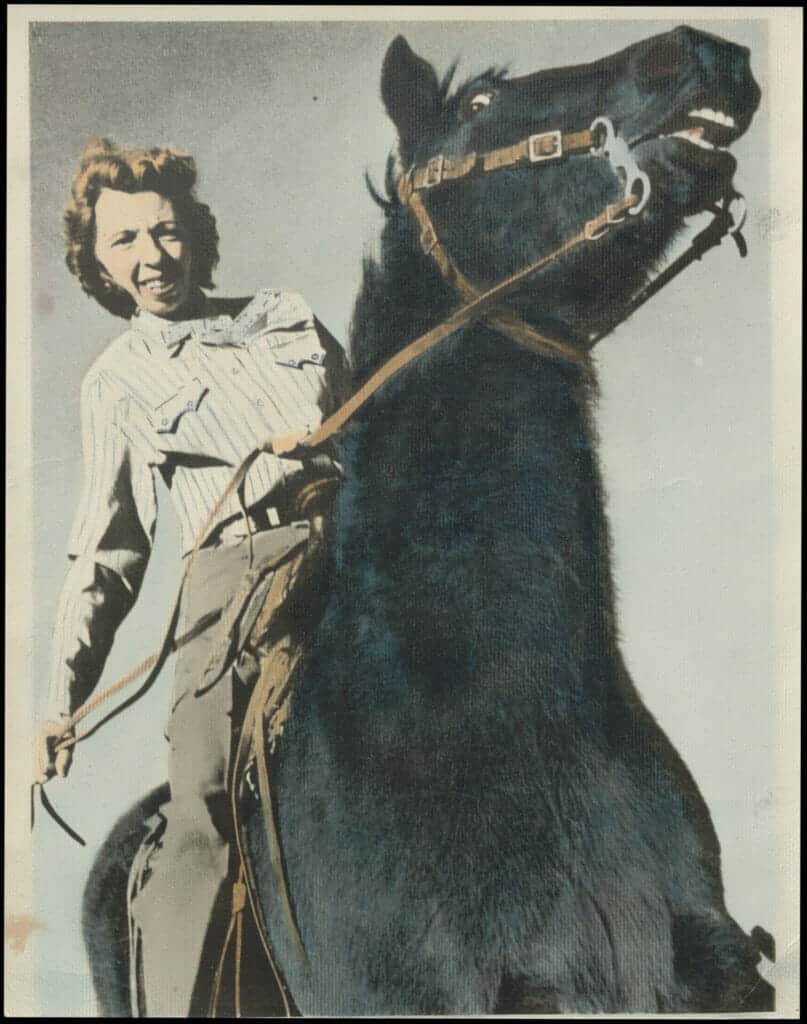
The Full Scope of Governmental Environmental Activities
In order to survey the full scope of governmental activities across the United States, Environmental History draws nearly 2,000 publications from the Institute of Governmental Studies Library at the University of California at Berkley. These publications come from a broad group of state agencies and organisations, such as the West Virginia Water Commission, the Environmental Defence Fund, the International Institute for Environmental Affairs, Friends of the Earth, California Conservation Council, Save the Redwoods League, and numerous others.
The many pamphlets, newsletters, and reports also cover a vast array of topics: national parks, dams, water rights, reports on game, birds and fish, land management, legislation, fire prevention, air pollution, forestry, oil, gas and the extraction of other natural resources, irrigation, and hydroelectricity.
New Search Indices
The digitisation of this material will allow researchers and scholars of Environmental History to explore these important resources in a fully searchable digital archive. Users will also be able to navigate this archive using two new search indices Topic and State/Province, allowing researchers to narrow their searches by major environmental theme or regional focus.
A Fast-Growing Research Area
Environmental History: Conservation and Public Policy in America, 1870-1980, is a diverse and significant primary source collection, which will have relevance to researchers for many years to come, as the study of Environmental History continues to develop.
Blog post cover image citation: The interface of the new Environmental History archive. The image on the homepage of the archive is: “Betsy,” a Shay Locomotive of the Madera Sugar Pine Company, near Soquel Mill.jpg. (2023, February 11). Wikimedia Commons. https://commons.wikimedia.org/w/index.php?title=File:%22Betsy,%22_a_Shay_Locomotive_of_the_Madera_Sugar_Pine_Company,_near_Soquel_Mill.jpg&oldid=731711578.

